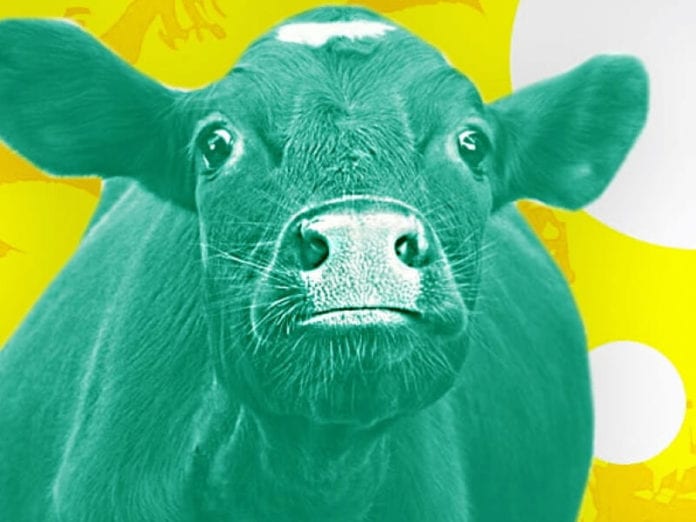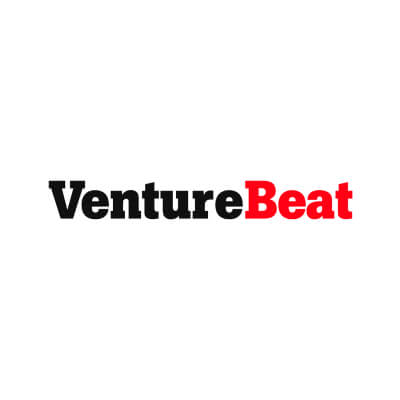
The agriculture industry must rise to meet demand of a growing population, now predicted to reach 9.6 billion by 2050. To meet the needs of that growing population, the agriculture industry will have to adopt new technologies and gain a much-needed edge. New applications of IoT in agriculture will enable the industry to increase operational efficiency, lower costs, reduce waste, and improve the quality of their yield.
So, what is smart farming? Smart farming is a capital-intensive and hi-tech system of growing food cleanly and sustainable for the masses. It is the application of modern ICT (Information and Communication Technologies) into agriculture.
In IoT-based smart farming, a system monitors the crop field using sensors (such as light, humidity, temperature, and soil moisture) and automates the irrigation system. The farmers can monitor the field conditions from anywhere. IoT-based smart farming is highly efficient when compared with the conventional approach.
IoT-based smart farming applications enhance not only conventional, large-scale operations but also support trends like organic, family, and transparent farming. Smart farming can also provide more efficient water usage or optimization of inputs and treatments. Now, let’s discuss the major applications of IoT-based smart farming that are revolutionizing agriculture.
Applications of IoT in Agriculture
Precision Farming
Precision agriculture, or precision farming, is any method that enhances the control and accuracy of raising livestock and growing crops. A key component is the use of IT, sensors, control systems, robotics, autonomous vehicles, automated hardware, and so on.
High-speed internet, mobile devices, and affordable satellites are key technologies driving the precision agriculture trend among manufacturers.
Precision agriculture is one of the most popular application of IoT in the agricultural sector. CropMetrics is a precision agriculture organization that focuses on ultra-modern agronomic solutions and specializes in managing precision irrigation.
The products and services of CropMetrics include VRI optimization, soil moisture probes, virtual optimizer PRO, and so on. VRI (Variable Rate Irrigation) optimization maximizes profitability on irrigated crop fields with topography or soil variability, improve yields, and increases water use efficiency.
The soil moisture probe technology provides complete in-season local agronomy support, and recommendations to optimize water use efficiency. The virtual optimizer PRO combines various technologies for water management into one central, cloud-based, and powerful location designed for consultants and growers to take advantage of the benefits in precision irrigation via a simplified interface.
Agricultural Drones
Today, agriculture is one of the major industries to apply IoT drones. Farmers are using ground-based and aerial-based drones for crop health assessment, irrigation, crop monitoring, crop spraying, planting, and soil and field analysis.
The major benefits of using drones include crop health imaging, integrated GIS mapping, ease of use, saves time, and the potential to increase yields. With strategy and planning based on real-time data collection and processing, drone technology will give a high-tech makeover to the agriculture industry.
PrecisionHawk is an organization that employs drones, equipped with a series of sensors for imaging, mapping, and surveying, to gather valuable data on agricultural land. These drones perform in-flight monitoring and observations. The farmers enter the details of what field to survey and select an altitude or ground resolution.
From the drone data, we can draw insights regarding plant health indices, plant counting and yield prediction, plant height measurement, canopy cover mapping, field water ponding mapping, scouting reports, stockpile measuring, chlorophyll measurement, nitrogen content in wheat, drainage mapping, weed pressure mapping, and so on. The drone collects multispectral, thermal, and visual imagery during the flight and then lands in the same location it took off.
Livestock Monitoring
Large farm owners can utilize wireless IoT applications to collect data regarding the location, well-being, and health of their cattle. They use this information to identify and separate sick animals from the herd, thereby preventing the spread of disease. It also lowers labor costs as ranchers can locate their cattle with the help of IoT based sensors.
JMB North America is an organization that offers cow monitoring solutions to cattle producers. One of the solutions helps the cattle owners observe cows that are pregnant and about to give birth. When a heifer’s water breaks, it expels a battery-powered sensor that sends information to the herd manager or the rancher. This sensor allows farmers to concentrate their time and focus on heifers that are giving birth.
Smart Greenhouses
Greenhouse farming is a methodology that helps in enhancing the yield of vegetables, fruits, crops, etc. Greenhouses control the environmental parameters through manual intervention or a proportional control mechanism. As manual intervention results in production loss, energy loss, and labor costs, these methods are less effective. A smart greenhouse can be designed with the help of IoT. This design intelligently monitors as well as controls the climate, eliminating the need for manual intervention.
Different sensors measure environmental parameters tailored to plant requirements to control the environment in a smart greenhouse. When connected via IoT, we can establish a cloud server to access the system remotely.
This eliminates the need for constant manual monitoring. Inside the greenhouse, the cloud server also enables data processing and applies a control action. This design provides cost-effective and optimal solutions for farmers with minimal manual intervention.
The Potential of IoT in Agriculture
Thus, the IoT agricultural applications are making it possible for ranchers and farmers to collect meaningful data. Ranchers and small farmers can successfully met the demand of our growing population if they implement agricultural IoT solutions.
Originally published January 2, 2018. Updated November 3, 2023.
















 Latest IoT News
Latest IoT News









